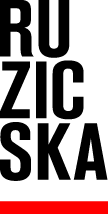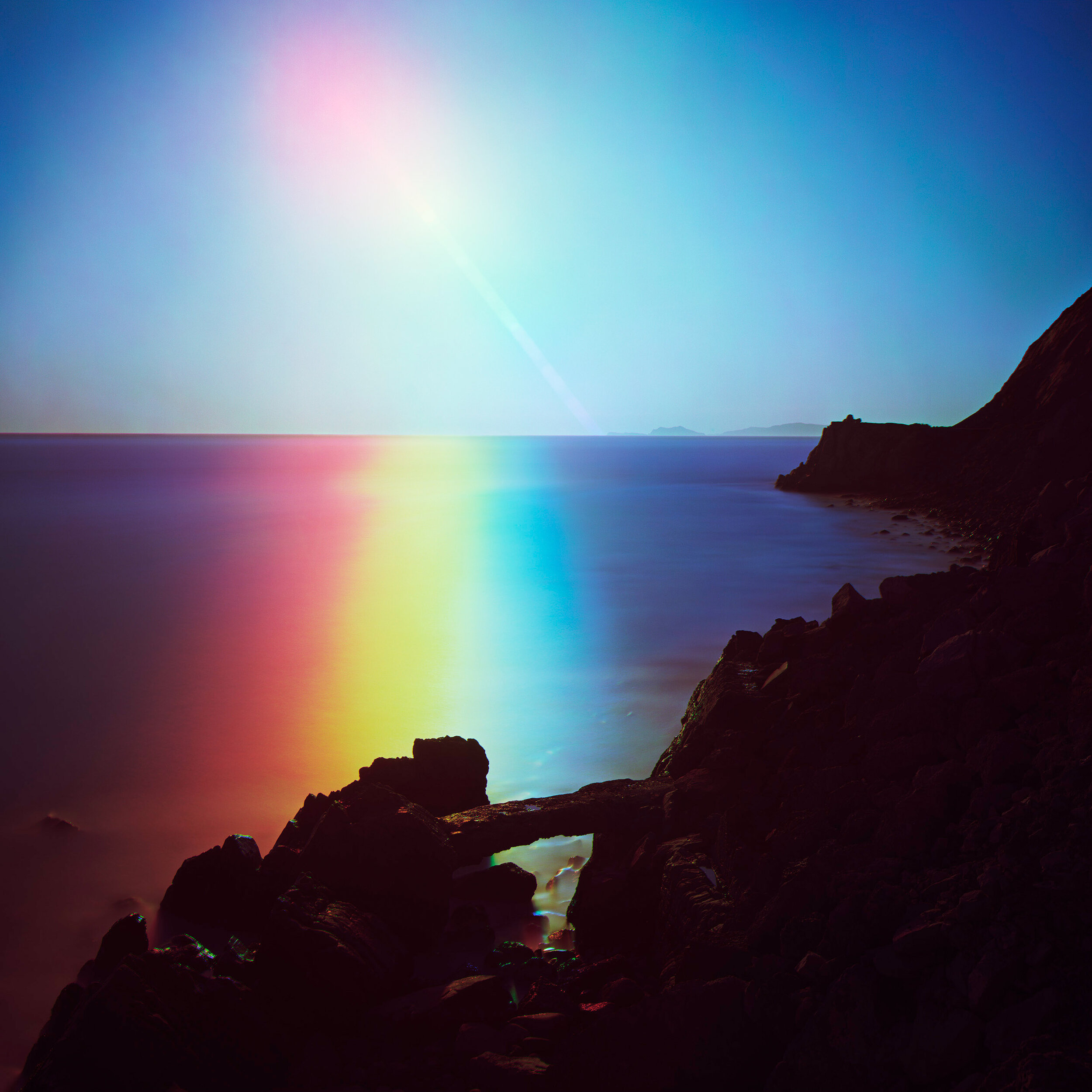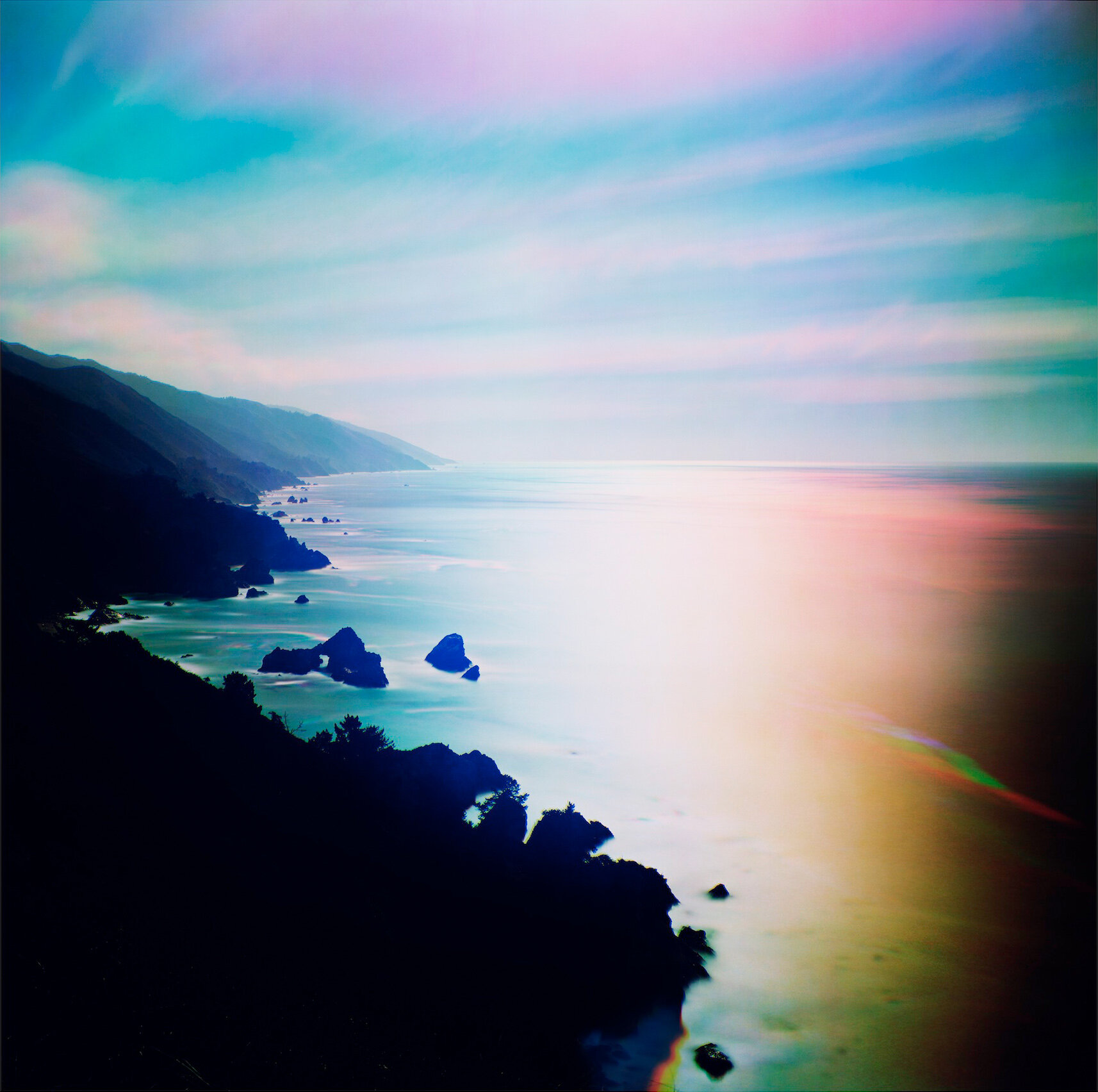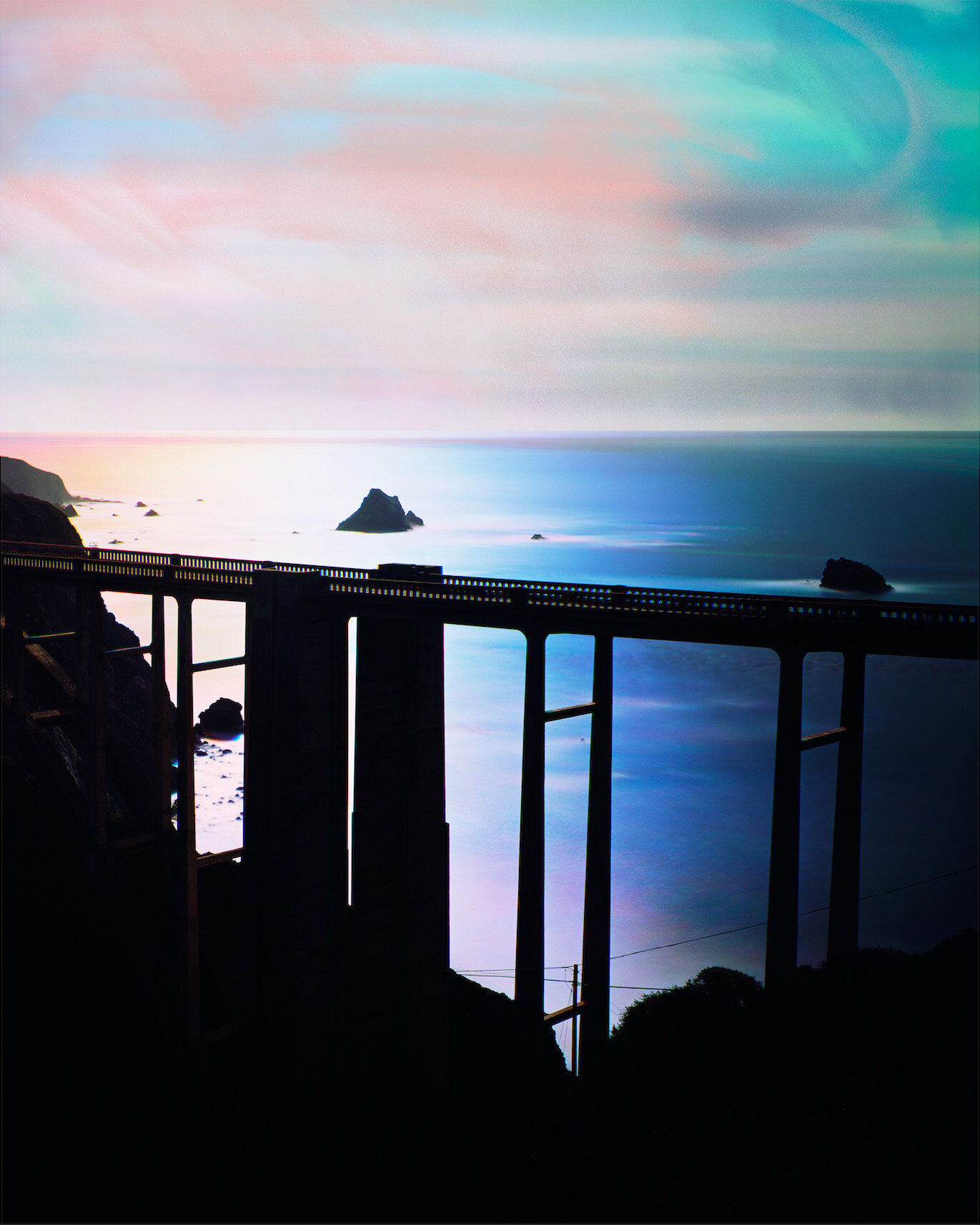Florian Maier-Aichen
23 July – 28 August 2021
For FLORIAN MAIER-AICHEN (*1973 in Stuttgart) photography is the starting point rather than the end product of his artistic analysis. He takes photographs without exception using an analogue large-scale format camera, and through digital alienation techniques introduces fictional elements into his photographs so as to free them from their status as a super-realistic medium. Unlike the Düsseldorf Photo School with its documental objectivity and reduced form language, FLORIAN MAIER-AICHEN’s works are characterized by a playful approach to the medium. Photography becomes an experimental area where chance and imperfection both play a role. FLORIAN MAIER-AICHEN does not work serially: his œuvre presents an opposite position to Bernd and Hilla Becher’s typologies. The artist describes the way he works as “best of mentality”: for each photo he chooses an individual size and what appears to him to be the appropriate form of presentation (C-print, dye transfer print, inkjet print). His works are singular settings, which focus on the active and artistic act of photographic art rather than documenting a real situation in serial production.
GERMAN CASTLES AND GERMAN PHOTOGRAPHY
Painterly effects are implemented into photography with a digital air brush: a path that reveals its artificiality at first sight leads to the romantic medieval Marksburg on the middle Rhine, photographed as the sun set. The sentimental atmosphere is disturbed by the artificiality of the path, the observer is irritated (Untitled, 2021, right side). Here the opposite position to cool, rational German photography, burdened with technology, becomes apparent.
“[...] from time to time it does of course help to do the wrong thing. ”
KATJA MITTENDORFER and FLORIAN MAIER-AICHEN talking about titles.
“UNTITLED”, 2021, C-Print, Ed. of 3 + 2 AP, 195 x 139.5 cms
COLOGNE, THE RHINE, THE HOHENZOLLERN BRIDGE AND THE CATHEDRAL
Another work (Untitled, 2021, Below) shows us the view from the uppermost floor of the Trade Fair Tower in Cologne towards the flooded Rhine, the Hohenzollern Bridge and Cologne Cathedral. In 1938 August Sander chose the same location for one of his famous views of Cologne (View from the Trade Fair Tower of Cologne) as did Oskar Kokoschka in 1956 for his painting Cologne, View from the Trade Fair Tower, and also Hugo Schmölz in 1946, who included parts of the copper roof of the Trade Fair Tower in the picture.
Whereas in the works by Sander, Schmölz and Kokoschka the realistic current situation is reproduced, in FLORIAN MAIER-AICHEN’s work the observer is made unsure by the colouring and picture section. Through the slightly opened window of the Trade Fair Tower, which is part of the picture composition, we see a flooded boat and the reflection of the sunlight in the Rhine in tricolour.
“UNTITLED”, 2021, C-Print, Ed. of 5 + 2 AP, 61 x 72 cms
“UNTITLED (SUNSET #5)”, 2020, C-Print, Ed. of 3 + 2 AP, 185.5 x 123.5 cms
INTO THE LIGHT: SUNSETS
In the larger example of the two Sunsets in our exhibition (Untitled, 2020) FLORIAN MAIER-AICHEN applies another artistic gimmick besides the tricolour technique: he mounts two different negatives for sky and foreground. Gerhard Richter also made use of this method for his famous Seestück (See-See, 1970). As the model for his painting he mounted two different photographs of the sea, one upside down, as a square photo which he transferred in the same dimensions on to the canvas. The documentary character of the landscape is abandoned both in Richter as well as in MAIER-AICHEN’s work in favour of shifting the sublime to the symbolic. The observer can make an unprejudiced interpretation of the work without making an assessment or comparison. Sunsets are generally an extremely popular subject but frowned upon in artistic photography. Until now taking photographs into the sun was a common stylistic means of the film industry so as to fill the scene with atmosphere and divert attention from the actual object in the picture. FLORIAN MAIER-AICHEN makes use of these design elements in order to give his sunsets universality, thereby freeing them from the requirement to record the actual situation.
LASSO PAINTINGS
Besides his landscapes, FLORIAN MAIER-AICHEN is also preoccupied with an abstract artistic form of expression, the “Lasso Paintings” which are created by means of camera-free photography: multi-layered scribbles, which are created by using various photoshop tools, completely conceal or alienate a photograph, similar to painting over with a brushstroke. The idea behind this is to create a „comical abstraction“ which is not to be understood in the sense of gestural painting. By maximal use of painterly means, whose roots are clearly to be found in comic strips, visible through the black edging of separate scribbles, the artist proves once again that he knows how to explore experimentally the possibilities of the medium of photography.
“UNTITLED (LASSO PAINTING #9)”, 2021, InkJet Print, Ed. of 3 + 2 AP. 173.5 x 223.5 cms.
FLORIAN MAIER-AICHEN talking about Parking Lot Pictures






